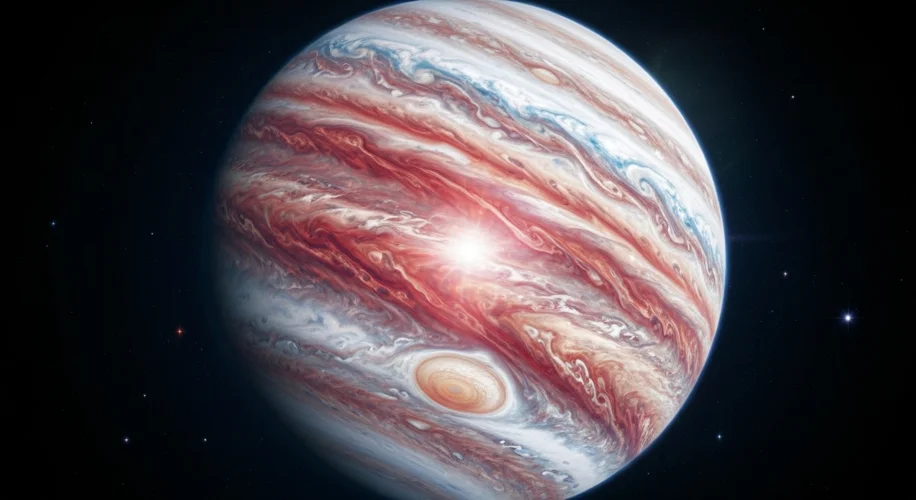Did you know that Jupiter, the largest planet in our solar system, might not be quite what we’ve always imagined? A fascinating new study is challenging long-held ideas about how this gas giant formed, and it’s got scientists rethinking everything.
For decades, the prevailing theory suggested that Jupiter grew by accreting a massive rocky or icy core early in the solar system’s history. This core would have acted like a gravitational anchor, drawing in the vast amounts of gas that make up Jupiter today. Think of it like a snowball rolling down a hill, gathering more snow as it goes.
However, this new research, published recently, offers a different perspective. It hints that Jupiter’s core might be much more ‘fluffy’ or diffuse than a dense, solid ball of rock and ice. This could mean that Jupiter didn’t form in quite the way we’ve always assumed.
What Does This Mean for Jupiter?
If Jupiter’s core is indeed more spread out, it could change how we understand the planet’s internal structure and even its magnetic field, which is the strongest of all the planets. It might also shed light on why Jupiter is the size it is and how it ended up in its current orbit.
Beyond Our Solar System
This isn’t just about understanding our own cosmic neighbor. The way planets form in our solar system often serves as a model for understanding planets around other stars, known as exoplanets. If Jupiter, the ‘king’ of our planets, formed differently than we thought, it could mean that gas giants elsewhere in the universe might also have surprising core structures.
This research is still in its early stages, and more studies will be needed to confirm these findings. But isn’t it amazing how much there is still to learn about our own solar system? It’s a constant reminder that science is an ongoing journey of discovery. Every new piece of data, like this one, has the potential to reshape our understanding of the universe and our place within it.

